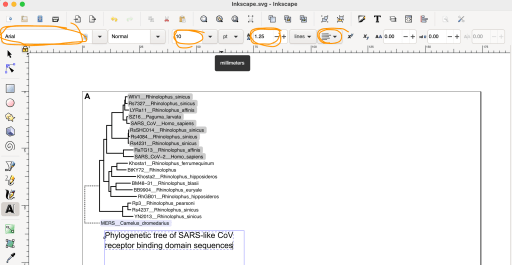Nidhi recently needed to design new reverse primers for making dual-indexed amplicons for Illumina sequencing, but this involved generating novel indexes that could be used with existing primer sets. Luckily, I had already asked Anh to create a script for such a purpose, so once I remembered that he had already done that, all I had to do was find it and implement it. It’s pretty neat, since it goes to a Google Sheet in the cloud (so not a local file), and extracts the existing indices so we know to avoid things similar to them. Since it was a pretty easy script to understand, I ended up making some tweaks to it: 1) Adding a user input function, rather than hard-coding the number of new indices needed into the script itself, 2) Having the script consider the forward and reverse sequences of the existing indices to avoid both, and 3) spitting out an identity matrix of the pairwise comparisons of the existing 10 nucleotide indices, so I can visually verify that none are really close in sequence.
The script lives here in this GitHub repo, with the newest version I modified called “generateIndex_user_input.py”.

To be specific, rather than an identity matrix, it’s actually a distance matrix (how many positions within the 10 nucleotides are NOT identical), with the white diagonal in the above plot essentially a positive control since that’s showing that in the pairwise comparisons, the same sequence when compared to it self shows 0 nucleotides of difference. Notably, there are no other purely white blocks in that matrix, partially b/c 1) the chance that two randomly generated sequences are identical is ~ 1/(4^10), which is a very small number, and 2) Anh’s script is likely working, and keeping the number of identical matches between any newly generated indices and existing indices to a minimum. Actually, it looks like most differ by 7 or 8 nucleotides, and only a tiny fraction only differ by 3 nucleotides or so (and thus match at 7 positions). If those are the combinations with the highest similarity, it really isn’t bad at all.

So ya, I think we’re doing a decent job of managing our indices to make sure they are not overlapping!




























































